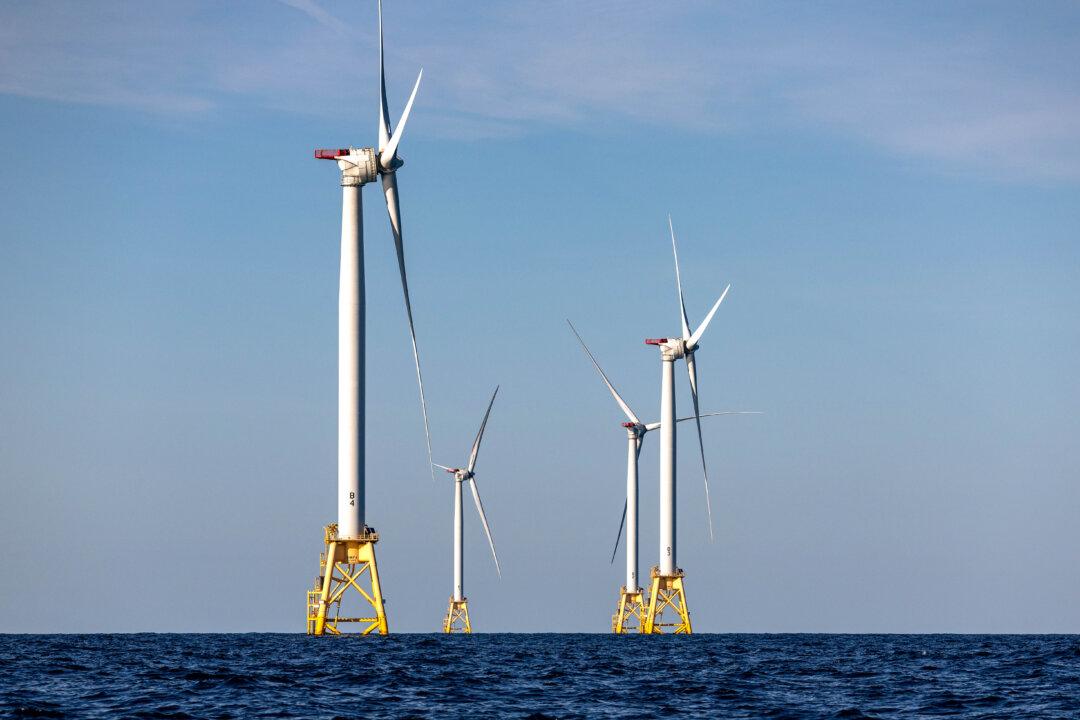One of the largest wind power companies in the world halted the development of two U.S. offshore New Jersey projects due to higher costs and supply chain problems, according to the Danish firm Ørsted’s CEO.
‘We are extremely disappointed to announce that we are ceasing the development of Ocean Wind 1 and 2,” Mads Nipper said in a statement on Nov. 1.





